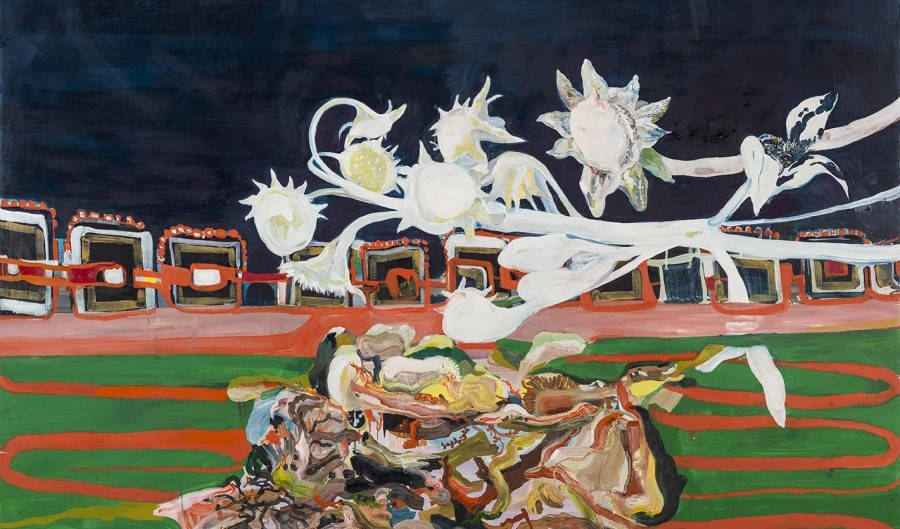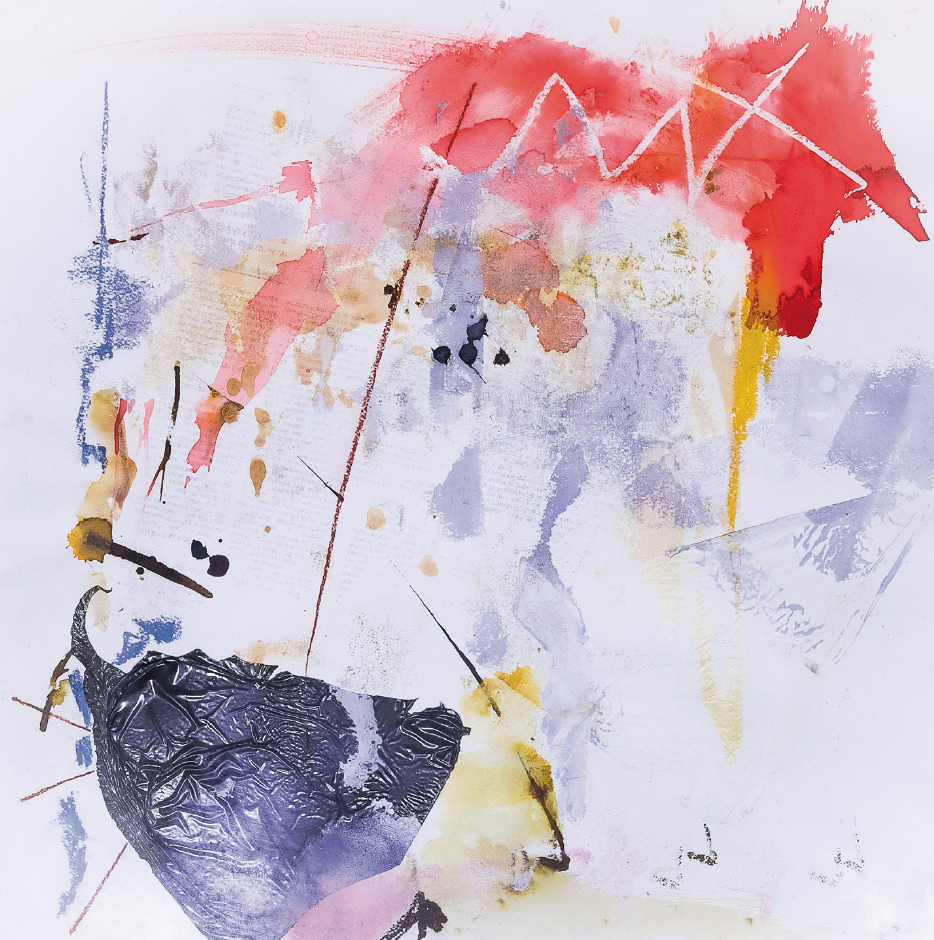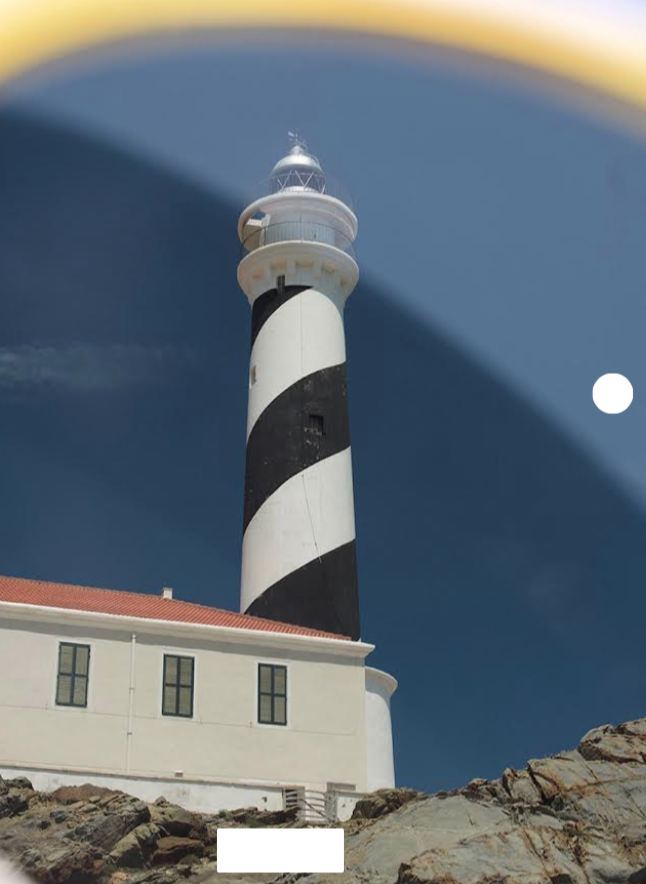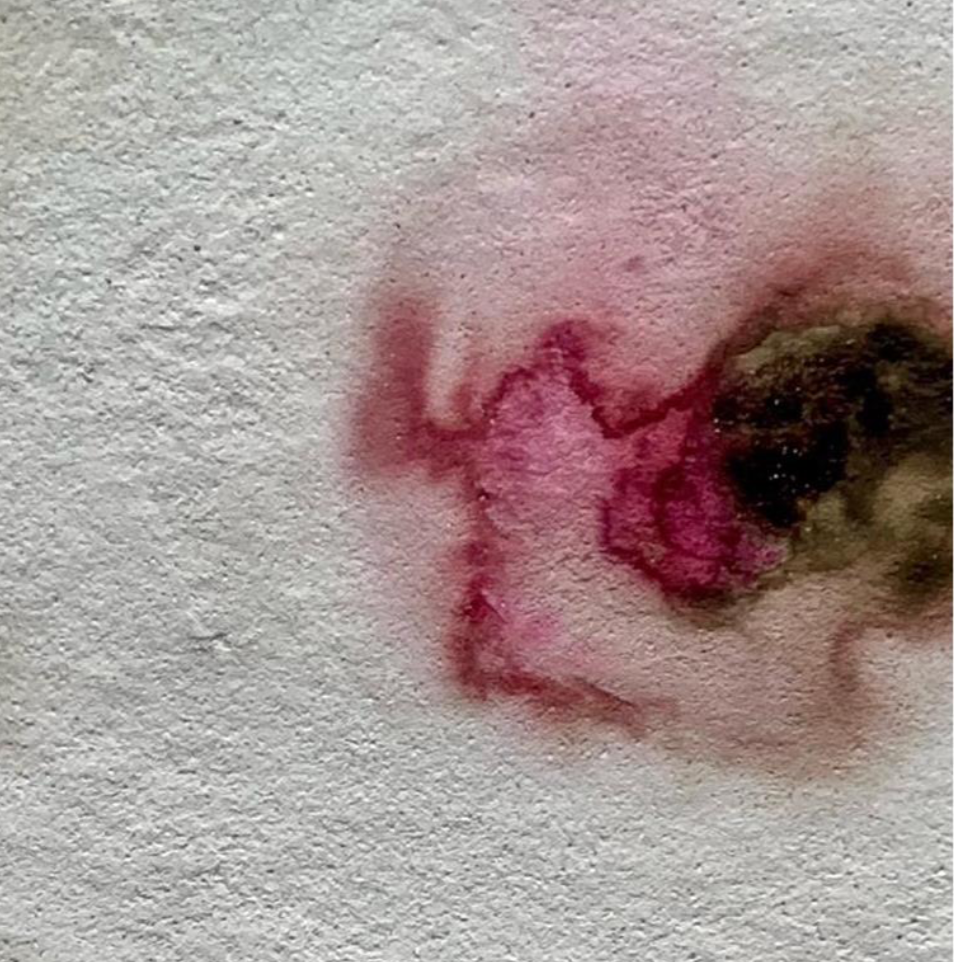Exhibitions
"The coast of mosquitoes. An anthology (1998-2022)" by Santi Moix at the Vila Casas Foundation
FIns al 16 de juliol

Any sufficiently advanced technology is indistinguishable from magic.
Paul Theroux.
Santi Moix (Barcelona, 1960) has lived in New York since 1986, a city that had previously attracted many Catalan artists such as Zush, Muntadas, Frederic Amat, Miralda, or Marta and Mireia Sentís. Moix has carried out most of his artistic career there and has exhibited regularly at important galleries in the city, such as Kasmin or Pace Prints. Before that, however, and more surprisingly, he had lived and worked in Japan, the country where he held his first exhibitions – six in Tokyo between 1984 and 1988 – and where he still continues to work, as we will see later. He is therefore an unusual artist in our country, since he is probably better known in New York than in Barcelona, although he has also exhibited periodically in his native city. And Moix is also an unusual artist due to the nature of his work. In addition to being a painter, he is an engraver, draftsman, book illustrator, ceramist and sculptor, at a time when the artistic scene is essentially dominated by political activism, participatory practices, educational projects signed by collectives and the recovery of artists belonging to ethnic and sexual minorities. Moix, a restless artist, has also carried out large murals of an ephemeral nature, including the one he did at the Brooklyn Museum (2012), at one of the Prada stores in New York's Soho (2013) and also some large permanent frescoes in the church of Sant Víctor de Seurí – a 13th century building that was restored in the 18th century – in the region of Pallars Sobirà, a mountainous area of Catalonia. The project was extended for a few years and concluded in 2020.
Santi Moix is an artist, as we can see, multifaceted and who goes against the grain. For this reason, La costa dels mosquits , a retrospective exhibition spanning a quarter of a century and which has been conceived for the Espais Volart of the Vila Casas Foundation, discovers all the techniques that the artist works with that we have already mentioned, and also the on-site facilities. The exhibition presents more than eighty works, created from 1998 until now, and traces more or less the entire period in which Moix worked with the gallerist Paul Kasmin, who died at the age of sixty in 2020. This long period marks a moment of maturity in the work of the artist, who in 2002 received the prestigious Guggenheim grant. During this time, Moix's work has been constantly evolving, in a circular way, but rather than linearly, while returning time and time again to questions that have always interested him. These are, among others, a unique vision of nature and the way in which the human being relates to it. His imagery is filled with animals, real and invented, and also flowers and plants, fantastic at times, again. However, Moix's intention when he paints these motifs is not representational virtuosity, because he often transforms the zoological and botanical specimens, and takes them to the limit of caricature, both comical and disturbing, in order to evoke the strangeness of our world and our lives.
Santi Moix's painting is halfway between representation and abstraction, which seems rather the result of an indiscriminate interest in all kinds of images, without paying attention to the specific origin, and not so much, let's say it again, a programmatic issue. At the beginning of his career, however, his work was seen as an epitome of the New Expressionisms, which had dominated the international scene since the late 1970s and whose influence was already fading. Over time, however, his work is seen as the fruit of a personal project that allows him to embody a world of his own, as if he were re-inventing nature, with bursts of humor and setting up a passionate defense of freedom creator Moix's work is close to the later works of Philip Guston, also influenced by comics, and to the work of other later American painters, such as George Condo and Carroll Dunham, whose images may even reach to the grotesque Like all of them, Moix uses an expressionistic language that, instead of reflecting emotional states or a desire for introspective analysis of his personality, becomes a tool to create an unusual parallel imaginary world, which is active and dynamic
This world of Moix is a world full of images of all kinds, preferably organic or biomorphic forms. Some are easily recognizable, for example insects, flowers, fruit, donkeys, eyes, fireworks, market stalls, wheels, guts, anthropomorphic figures, octopuses, trains, tents, points of light, bridges, trees, piles of garbage and food scraps, from a piece of bacon to pieces of sushi ; and the list does not end here, not by a long shot. All these images, and many others that we could define as abstract, are shaped with a mixture of colors exuberant at times and almost always non-naturalistic, and that suggests a fantastic world, full of movement, which can be as ironic as the consequence of a celebratory hedonism. And speaking of humor, we must remember that Santi Moix has illustrated – and this is one of the highlights of his work – numerous books by literary authors for whom humor is fundamental: Miguel de Cervantes, Mark Twain or Umberto Eco. This is how Moix has illustrated, with success and notoriety, Don Quixote de la Mancha , The Adventures of Huckleberry Finn or The Name of the Rose .
The Mosquito Coast is also the title of the 1981 novel written by Paul Theroux and which was adapted to the cinema by the Australian Peter Weir in 1986, in a film of the same name, starring Harrison Ford and Helen Mirren. The story tells how an eccentric urban inventor decides to emigrate with his family to the Central American jungle, in Honduras, in order to live a kind of utopian dream that, after all, is not at all easy to build. Similarly, Moix has created with his imagination a world parallel to reality, where the forms he paints seem to be in permanent growth and mutation, forming an order as chaotic as it is unpredictable, and which is, at times, disturbing and at the same time attractive and seductive. Surprisingly, in addition, mosquitoes are one of the recurring images in his work, which Moix captures in a way reminiscent of cartoons, with exaggeratedly large eyes and proboscis. Theroux, on the other hand, is particularly known for his travel books, the result of a passion, travel, which he shares with Moix, as reflected in his work, with images of Morocco, India or Japan , among other places.
Text taken from the catalog of the exhibition La costa dels mosquits. An anthology (1998-2022) by Santi Moix.








